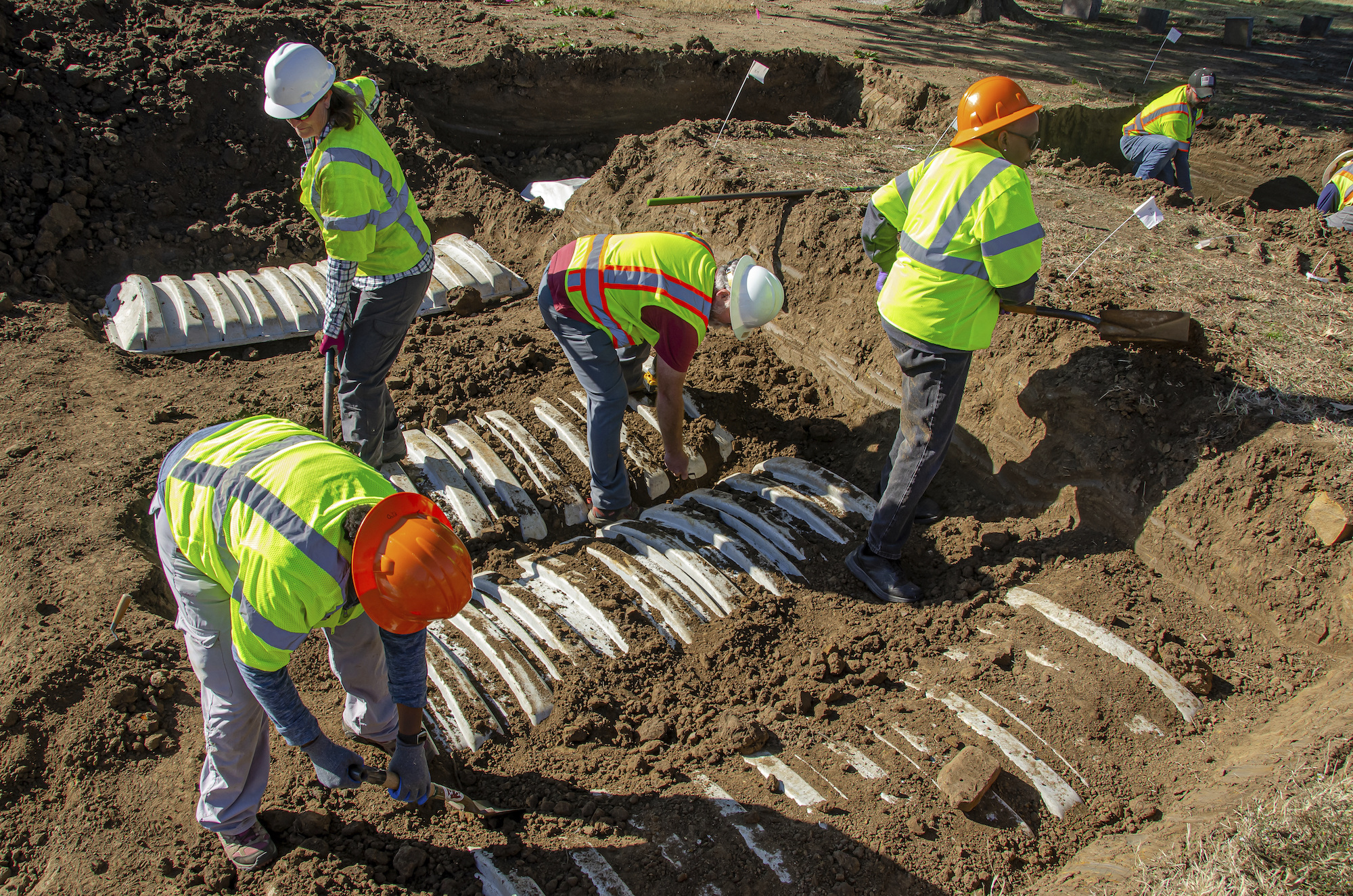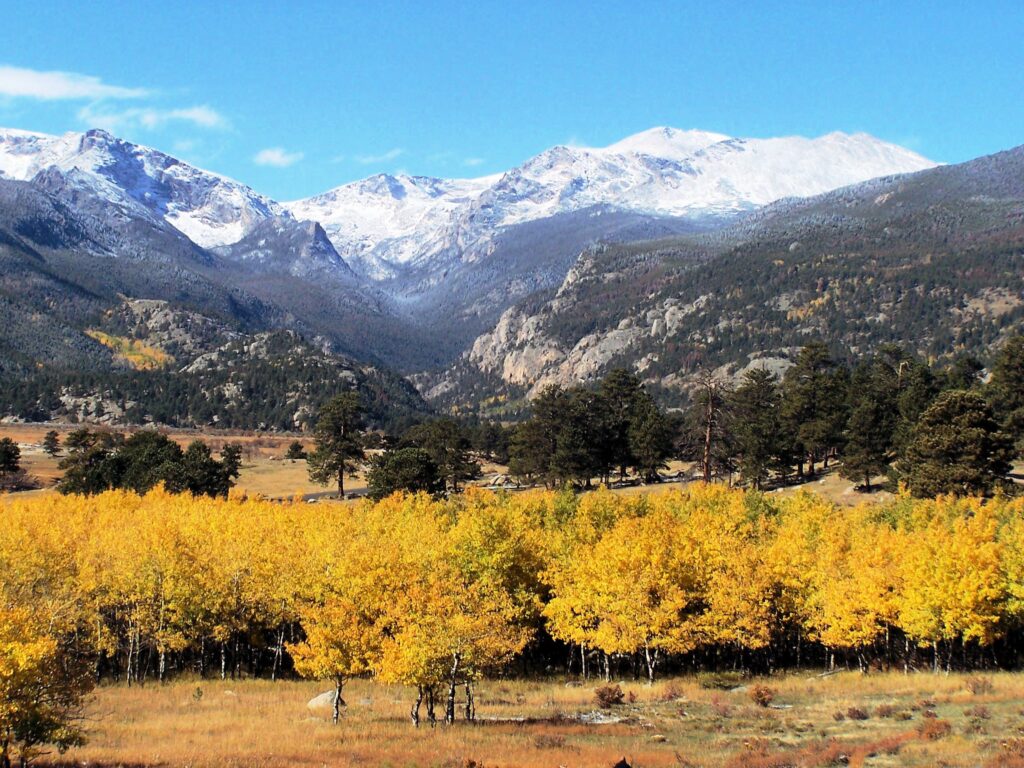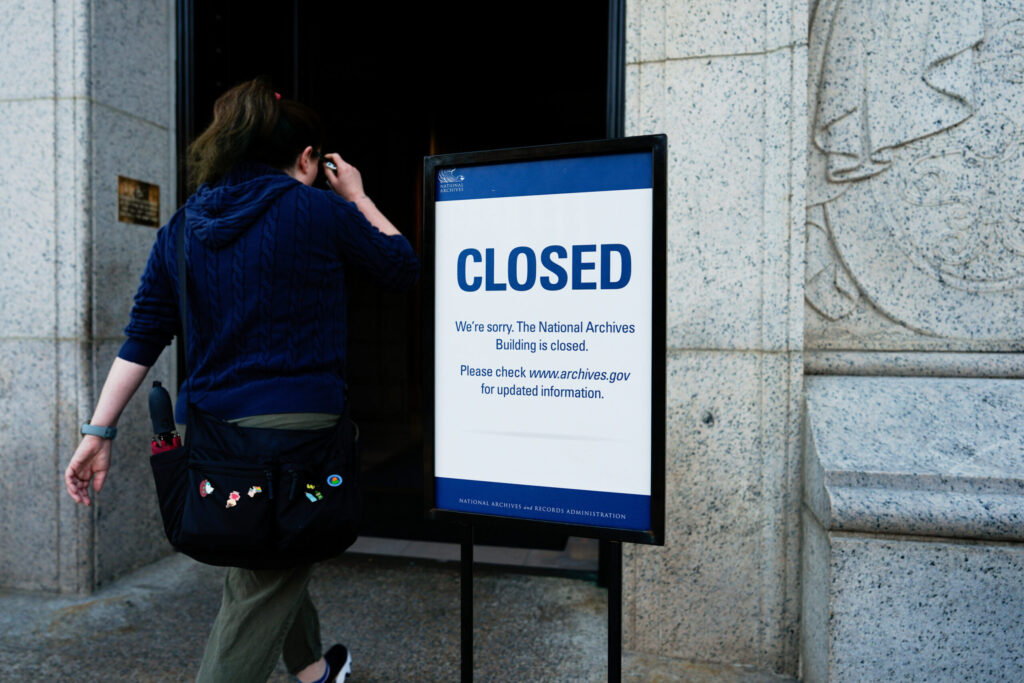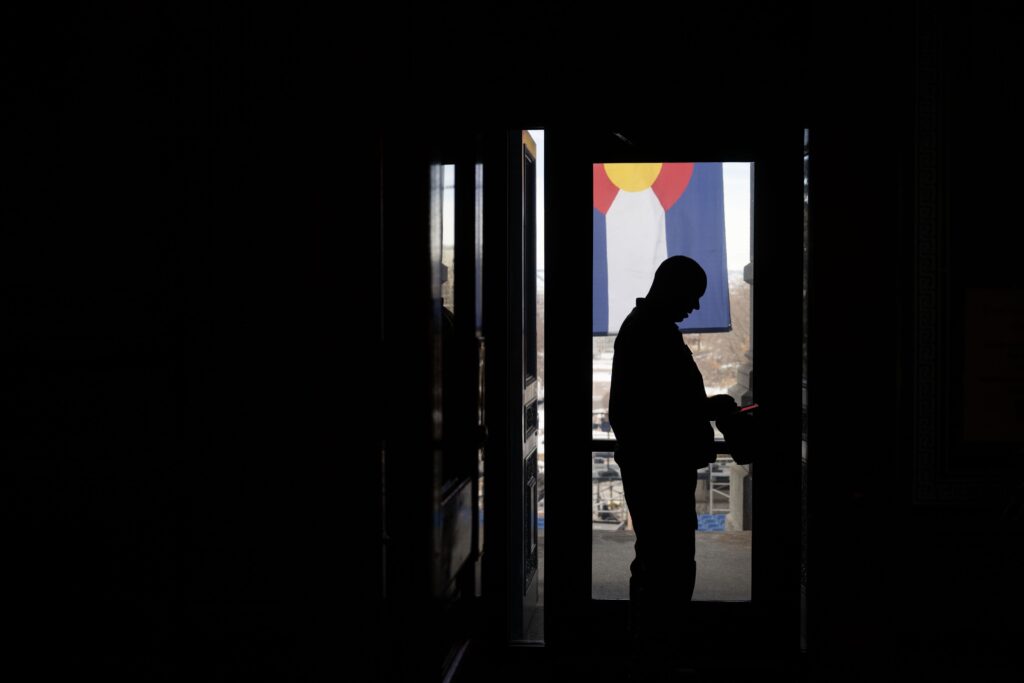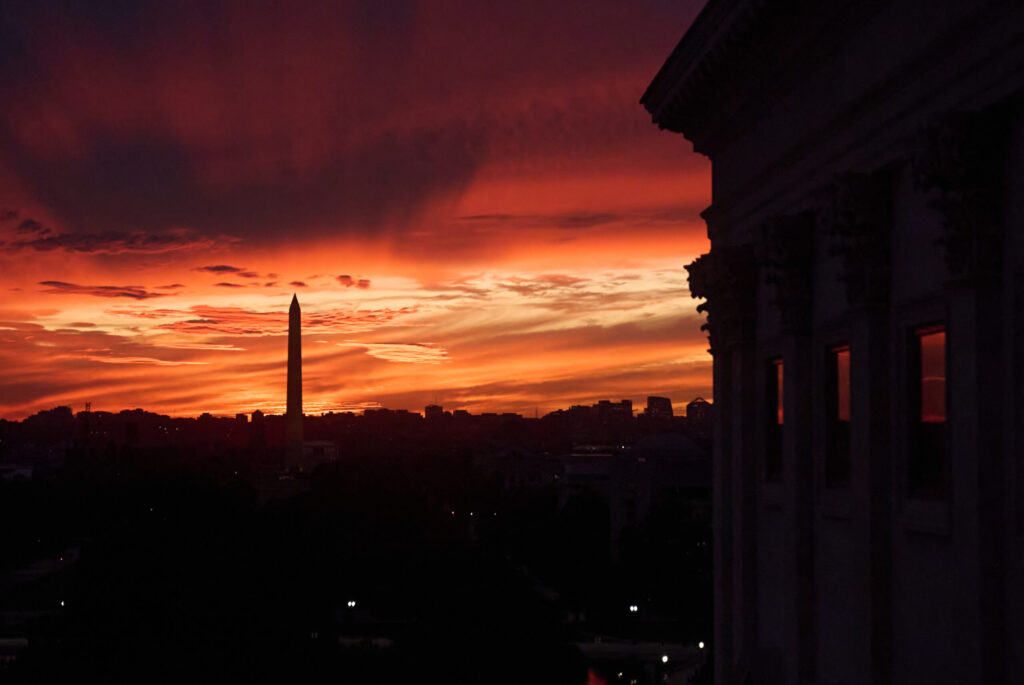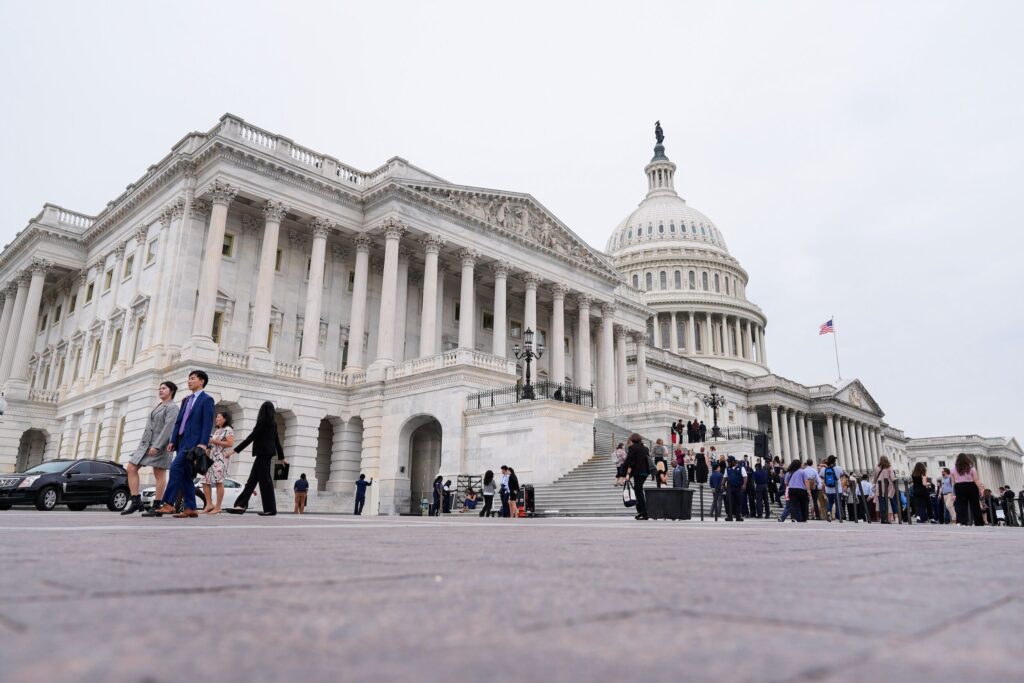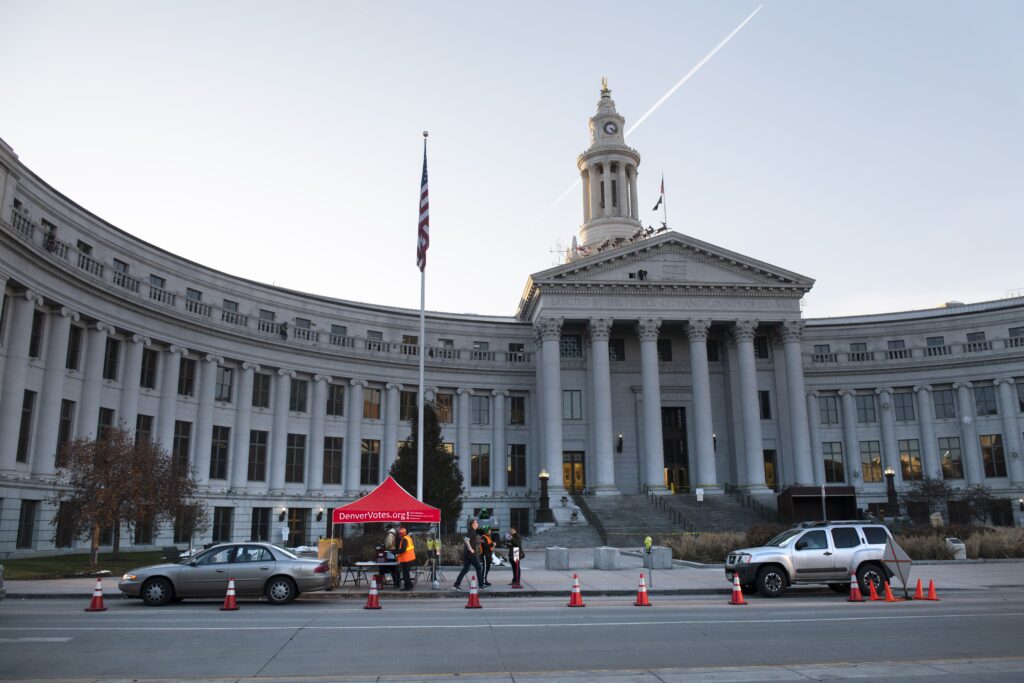OUT WEST ROUNDUP | Search for remains of Tulsa Massacre victims turns up 21 coffins
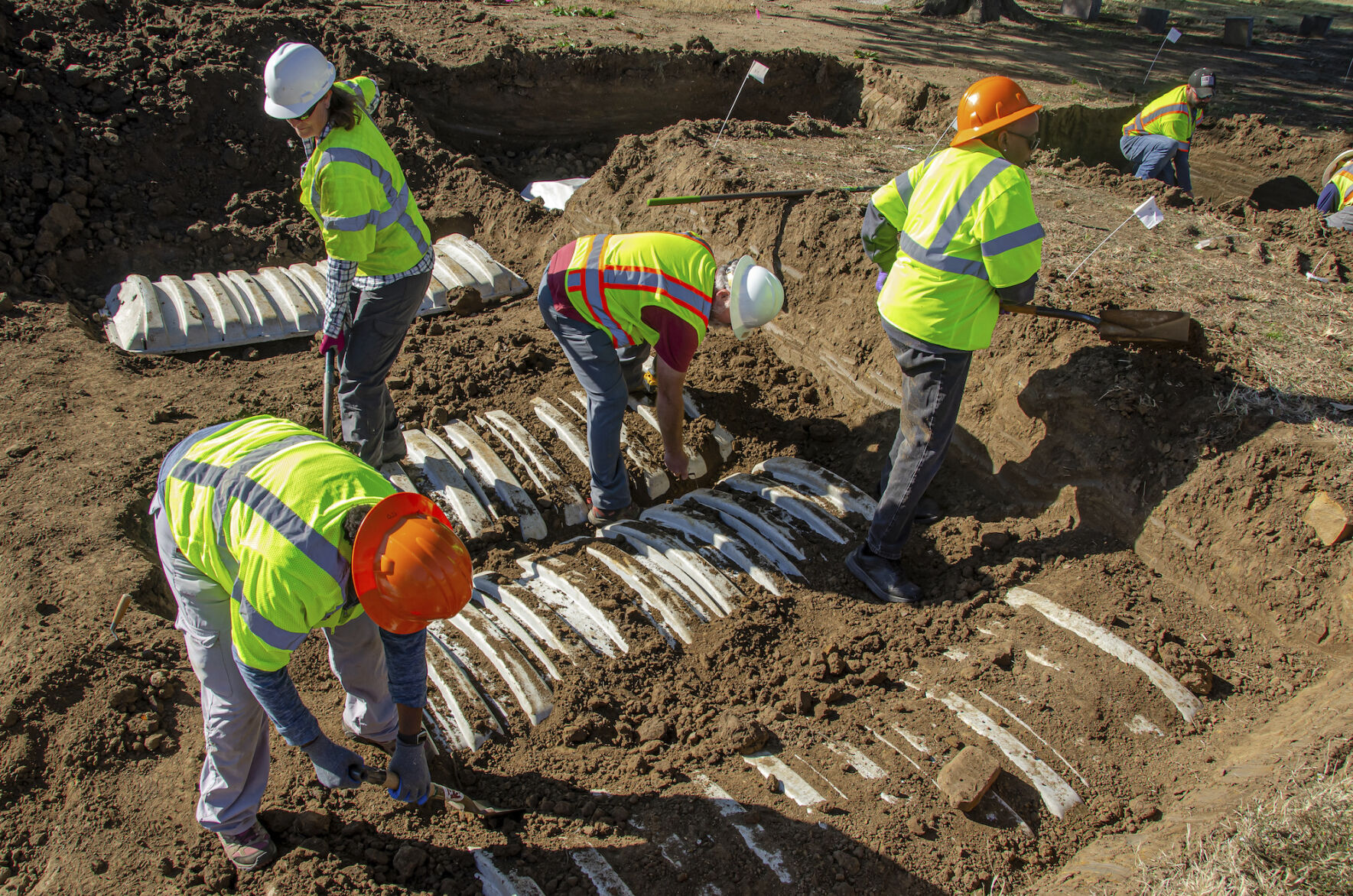
OKLAHOMA
21 new coffins found in search for Tulsa Massacre victims
The search for remains of victims of the 1921 Tulsa Race Massacre has turned up 21 additional coffins in unmarked graves in the city’s Oaklawn Cemetery, officials said.
Seventeen adult-size graves were located, an Oklahoma official said Oct. 31. Additionally, the city announced that four graves, two adult-size and two child-size, had been found.
The coffins, then the remains, will be examined to see if they match reports from 1921 that the victims were males buried in plain caskets.
A white mob had targeted Black people during the massacre, in which more than 1,000 homes were burned, hundreds were looted, and a thriving business district known as Black Wall Street was destroyed. Historians have estimated the death toll at 75 to 300.
Rumors persisted for decades of mass unmarked graves, but previous searches found no remains.
The current search began in 2020 in areas identified with ground-penetrating radar as possibly containing coffins and resumed last year, with nearly three dozen coffins found.
Fourteen sets of remains exhumed from those coffins were selected for DNA testing, and two had enough DNA to begin sequencing and start developing a genealogy profile.
The massacre wiped out generational wealth, and victims were never compensated, but a pending lawsuit seeks reparations for the three remaining known survivors. They are now more than 100 years old.
NEW MEXICO
City adopts ordinance to block abortion clinics
HOBBS – Commissioners in a southeastern New Mexico city have adopted an ordinance designed to block abortion clinics from operating, although the procedure remains legal in New Mexico.
The all-male city commission voted 7-0 on Nov. 7 for the so-called “sanctuary city for the unborn” ordinance, the Hobbs News-Sun reported.
New Mexico Gov. Michelle Lujan Grisham, a Democrat who won reelection on Nov. 8, has cast herself as a staunch defender of access to abortion procedures. In a statement issued after the vote, she said the ordinance was an “affront to the rights and personal autonomy of every woman in Hobbs and southeastern New Mexico and we will not stand for it.”
Lujan Grisham, a Democrat, said abortion procedures are legal throughout New Mexico and that providers delivering health care have every right to establish a practice.
In June, she signed an executive order that prohibited cooperation with other states that might interfere with abortion access in New Mexico, declining to carry out any future arrest warrants from other states related to anti-abortion provisions. The order also prohibited most New Mexico state employees from assisting other states in investigating or seeking sanctions against local abortion providers.
She followed up in August with another executive order that pledged $10 million to build a clinic that would provide abortion and other pregnancy care in southern New Mexico.
Last year, New Mexico’s Democratic-led Legislature passed a measure to repeal a dormant 1969 statute that outlawed most abortion procedures.
New Mexico is likely to continue to see a steady influx of people seeking abortions from neighboring states with more restrictive laws. It already hosts patients from Texas and Oklahoma, where strict abortion bans were adopted earlier this year.
Albuquerque poised to settle gender pay lawsuit for $17M
ALBUQUERQUE – Hundreds of female city employees are anticipating back payment from the City of Albuquerque to make up for a wage gap going back years.
KOB-TV reported that a judge is expected to sign off on the $17 million settlement the city has agreed to pay to cover claims from over 430 workers.
The hearing for the judge to give approval is scheduled for Nov. 17.
Attorneys expect each woman to receive anywhere from a few hundred dollars to $100,000. Some had claims going back a decade.
In the collective action lawsuit, female staffers allege the city pays $3-$6 less per hour compared with their male counterparts. They say the wage disparity occurs across jobs from bus drivers to city office staff.
Under the agreement, they will also get a bump in salary and changes to retirement benefits.
Meanwhile, the city agreeing to settle does not mean an admission of any unlawful conduct. Officials said in a statement that the city is committed to closing a gender pay gap and “ensuring a lawful pay structure.”
NAVAJO NATION
Buu Nygren wins presidential race, beats incumbent
FLAGSTAFF, Ariz. – Buu Nygren has ousted Jonathan Nez as president of the Navajo Nation, a position that wields influence nationally because of the size of the tribe’s reservation in the U.S. Southwest and its huge population.
Nygren defeated Nez in the nonpartisan race with a message of delivering basic needs to Navajos and expressing frustration at the pace of tribal government and infrastructure projects. He acknowledged that hard work lies ahead.
Nygren’s win, along with his running mate Richelle Montoya, means the Navajo Nation will have a woman in the Office of the President and Vice President for the first time.
Nygren, 35, positioned himself as the candidate for change and as someone who could get the ball rolling on long-awaited projects. He has a background in construction management but has never held political office.
The Navajo Nation’s population of 400,000 is second only to the Cherokee Nation of Oklahoma. It also has the largest land base by far of any tribe at 27,000 square miles stretching into parts of New Mexico, Arizona and Utah.
Nygren pledged to work more closely with the Navajo Nation Council that often is seen as more powerful than the tribal presidency. Nygren is married to Arizona state Rep. Jasmine Blackwater-Nygren.
The tribe has long relied on revenue from the coal industry to fund its government, but those revenues have been declining as coal-fired plants and mines shut down. While the Navajo Nation owns a stake in one coal plant and some coal mines, it’s been working to develop renewable energy sources.
Tourism also helps fuel the Navajo Nation’s economy. Towering rock formations in Shiprock, Monument Valley and Canyon de Chelly are international draws for tourists, as is the story of the famed Navajo Code Talkers who developed a World War II code that the Japanese never cracked.
WYOMING
County voters pass 1-cent tax convincingly
Natrona County’s 1-cent tax passed with 67% support on Nov. 8, despite concerns that growing anti-tax sentiment might imperil the long-time local revenue producer.
The tax – which helps subsidize utilities, pay for street maintenance, emergency services and more – adds another penny to Wyoming’s 4% state sales tax.
In other words, you’re taxed an additional 5 cents for most things you buy in Natrona County. Four pennies go to the state, and one stays in the county. (The 1-cent tax doesn’t apply to groceries and other tax-exempt goods, however.)
The tax costs the average family in Natrona County about $170 a year, according to an analysis done by the city of Casper. It’s been around since 1974, and goes on the ballot for renewal every four years.
Local leaders anticipated more opposition to the tax this election.
Casper would lose roughly $16 million a year without the tax.
Most of Casper’s 1-cent money is spent on street repairs, water and sewer costs and as police and fire equipment. The city council’s four-year budget proposal indicates Casper will continue prioritizing those expenses.
The tax money also goes toward grants for local nonprofits.
Smaller towns rely on the 1-cent tax to cover even more essential expenses, like their payrolls.
Evansville would have lot around $750,000 annually without the 1-cent tax – about 15% of its annual budget.
